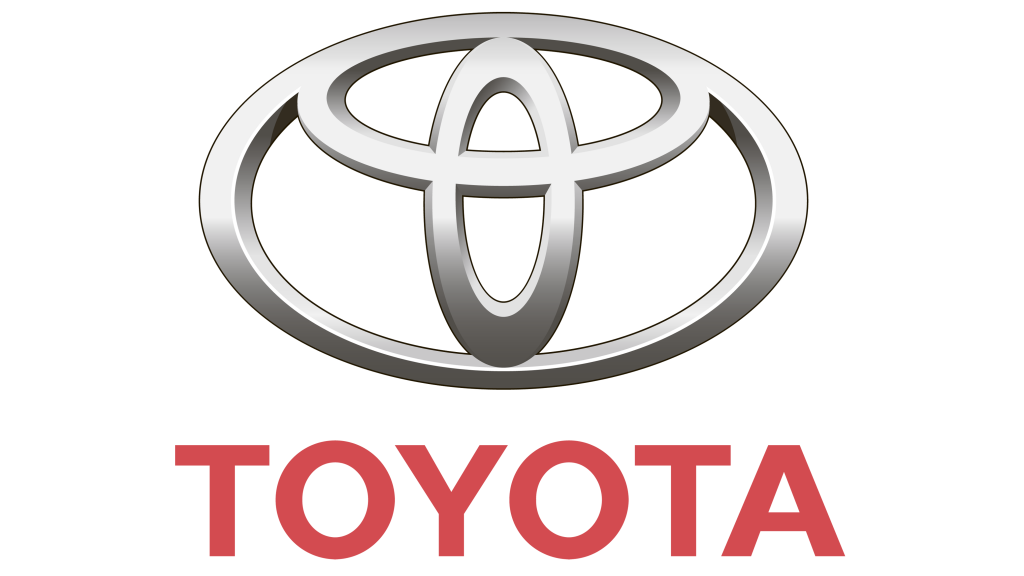Toyota Creates Single European Mobility Brand
Toyota announced that it is launching a new brand, Kinto, dedicated to offering mobility services to users across Europe. This is part of Toyota’s global vision to evolve into a mobility company by providing all kinds of services related to transportation to people around the world.
Toyota aims to grow its mobility services offer in addition to traditional private and fleet vehicle sales through a strategy organised around four pillars:
- Use a distinct and dedicated brand to appeal to new categories of mobility users, from individuals to corporate clients as well as cities;
- Increase its share of the full service leasing (FSL) market, which consists of providing multi-brand all-in-one vehicle and services offers to corporate and individual customers;
- Use the power of data and vehicle connectivity to develop and launch services like car sharing, carpooling, or subscription where viable;
- Prepare to integrate future advances in automated driving to market-test automated mobility-as-a-service transport, for example using the e-Palette concept currently under development at global level.
In 2018, Toyota started building the foundations necessary to prepare the European organization to integrate new mobility services into its existing business of making and selling cars. Toyota established two entities, respectively a fleet management company (Toyota Fleet Mobility, based in Cologne, Germany) and a digital platform company (Toyota Connected Europe, based in London).
Toyota Fleet Mobility focuses on growing its FSL in the European market. TFM is growing organically (with current affiliates present in Spain, France, and Italy) and through acquisitions. It recently acquired Inchcape Fleet Solutions (IFS) to grow its business in the UK market. TFM is a joint-venture between Toyota Financial Services Corporation and Toyota Motor Europe.
Toyota Connected Europe is the European subsidiary of Toyota’s technological enabler and data company. It develops and implements a range of products and services associated with connected vehicle systems, such as Toyota Big Data Centre, as well as services within Toyota’s proprietary mobility services platform (MSPF).
The Kinto brand will be used to clearly position the offer as dedicated to new ways to consume mobility, and will stand for “inclusive and trustworthy,” “simple and effortless,” and “sustainable.”
The new brand’s name is derived from the Japanese word Kintoun or Flying nimbus, a cloud which provides on-demand transportation for a famous animated character in Japan.
Kinto-branded services will be deployed market by market based on viability and sustainability of the business case. The initial services to be introduced in some European markets include:
- Kinto One: an FSL offer, providing ease of ownership combining vehicle, service, insurance in one monthly payment.
- Kinto Share: a car sharing service based on a large hybrid vehicle line-up available via a self-service concept, without the running costs. Toyota’s existing car sharing service Yuko which is already operational in several cities in Europe (Dublin, Venice, Copenhagen, and Madrid), will be re-branded under Kinto.
- Kinto Join: Carpooling, connecting employees who wish to share their daily commute to work, benefitting both employees and companies who can reduce their CO2 footprint.
- Kinto Flex: Subscription based car leasing, offering increased flexibility and providing premium experience.
Other services are being evaluated, such as ride-hailing or a multi-modal app. The services would feature easy access via mobile apps and integrated payments.
Source: https://www.automotive-fleet.com
FLEET MANAGEMENT AUDIT
Fleet management is the use of a set of vehicles in order to provide services to a third-party, or to perform a task for our organization, in the most efficient and productive manner with a determined level of service and cost.
Fleet management activities are shown in the following graph 1:

Graph 1: fleet management activities
The proposal audit analyses and assesses all fleet management activities shown in the graph 1, and its main goals are:
- Know the overall status of the fleet management activities
- Provide the analysis, the assessment, the advice, the suggestions and the actions to take in order to cut costs and increase the efficiency and efficacy of the fleet management activities
With the information obtained, we’ll elaborate a report that holds the overall status of the fleet management as well as the suggestions, recommendations and the measures to take in order to cut costs and optimize the fleet management activities.
CLICK ON THE FOLLOWING LINK TO DOWNLOAD THE PROPOSED FLEET MANAGEMENT AUDIT:



